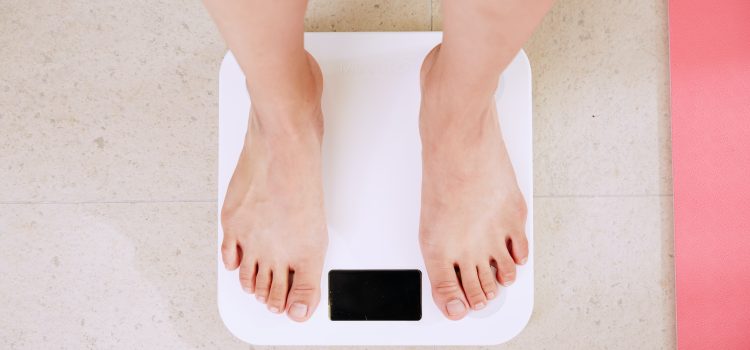
Attention all TikTok enthusiasts! Did you know that your favorite platform’s potential sale is at the center of a heated discussion regarding national security risks? Yes, that’s right. The Chinese-owned app has been under scrutiny for its data collection practices, and now it seems like selling to an American company might be the only solution. So why is this sale crucial for addressing national security concerns? Keep reading to find out!
What is TikTok and why is it popular?
TikTok is a social media app that allows users to create and share short videos with others on the app. The app is extremely popular, especially with young people, and has been downloaded over 2 billion times. TikTok has been praised for its creative content and ability to make anyone a star. However, the app has also been criticized for its potential to spread false information and promote negative stereotypes.
TikTok’s potential sale is crucial to addressing national security risks because the app poses a serious threat to data privacy. TikTok collects a vast amount of user data, including personal information such as names, birthdays, phone numbers, addresses, and more. This data could be used by the Chinese government to track and target individuals, which is a major concern for many countries around the world.
TikTok’s security risks
When it comes to social media platforms, TikTok is relatively new on the scene. The app has only been around since 2016, but it has quickly gained a massive following among young people. In just a few short years, TikTok has become one of the most popular social media platforms in the world.
However, TikTok’s popularity is not without its risks. The app has come under fire for a number of security and privacy concerns. These concerns have led some to call for TikTok to be banned in the United States.
One of the biggest concerns surrounding TikTok is its ties to China. The app is owned by Chinese company ByteDance. This has led to fears that TikTok could be used to collect data on American users and even spy on them.
Another concern is TikTok’s handling of user data. The app has been accused of collecting personal information from its users without their consent or knowledge. This includes things like phone numbers, email addresses, and GPS location data.
TikTok has also been criticized for censoring content that is critical of the Chinese government. This has led some to worry that the app could be used to silence dissent and spread propaganda.
Despite these concerns, TikTok remains incredibly popular among young people in the United States. It’s important to note that there is no evidence that TikTok has actually been used to collect data on American users or spy on them in any way. However, the potential for
The potential sale of TikTok
As the world’s most popular short-video app, TikTok has been a source of joy for many during the pandemic. However, the app has also been the subject of intense scrutiny from U.S. lawmakers and officials over concerns about its data collection practices and ties to China.
In recent months, there have been growing calls for TikTok to be banned in the U.S. over national security concerns. The Trump Administration even went as far as to order TikTok’s parent company, ByteDance, to sell the app’s U.S. operations within 90 days or face a ban.
Now, it appears that ByteDance is close to reaching a deal to sell TikTok’s U.S. business to Oracle and Walmart. While the details of the deal are still being worked out, it is clear that this potential sale is crucial to addressing the national security risks associated with TikTok.
If the deal goes through, Oracle and Walmart would gain control of TikTok’s algorithms and user data. This would allow them to ensure that TikTok is not collecting or sharing user data with the Chinese government. It would also allow for greater transparency around how TikTok collects and uses data.
The potential sale of TikTok is a positive development for those concerned about national security risks associated with the app. It would help address some of the key concerns raised by lawmakers and officials. And it would provide some much-needed peace of mind for users
Why the sale is crucial to addressing national security risks
The potential sale of TikTok is crucial to addressing national security risks for a number of reasons. First, TikTok has a large user base in the United States, which gives it access to a significant amount of data on American users. This data could be used by the Chinese government to track and target Americans, which poses a serious national security risk.
Second, TikTok is owned by ByteDance, a Chinese company with close ties to the Chinese government. This raises concerns about whether ByteDance would be willing to comply with requests from the Chinese government to access TikTok data. If ByteDance were to hand over user data to the Chinese government, it could be used to track and target American citizens.
Third, TikTok is widely used by American military personnel and government employees. If TikTok were to be sold to a Chinese company, there is a risk that the Chinese government could gain access to sensitive information through the app. This could pose a serious national security threat.
Fourth, there are concerns that TikTok could be used to spread disinformation about America and its allies. If TikTok were sold to a Chinese company, there is a risk that the app could be used to disseminate propaganda that would undermine American interests.
Finally, there are concerns that TikTok could be used as a tool for cyber espionage. If ByteDance were to sell TikTok to a Chinese company, there is a risk that the app could be used to collect
What could happen if TikTok is not sold?
There are a few potential scenarios that could play out if TikTok is not sold. The first is that the app could be banned in the United States, which would be a major blow to the company. Another possibility is that the app could continue to operate but with increased scrutiny from the U.S. government. This could lead to more restrictions being placed on the app, which could make it less attractive to users. Finally, it’s possible that nothing changes and TikTok continues to operate as it does today. However, this seems unlikely given the current political climate.
Conclusion
The potential sale of TikTok is a crucial step towards addressing the national security risks associated with the app. It is essential that we take measures to protect our country’s data from foreign entities, and this move would be an important start. However, it cannot be stressed enough that further steps must be taken in order to mitigate any future threats as well. Only through careful scrutiny and regulation can we ensure that our citizens remain safe from cyber threats in the long-term.
















